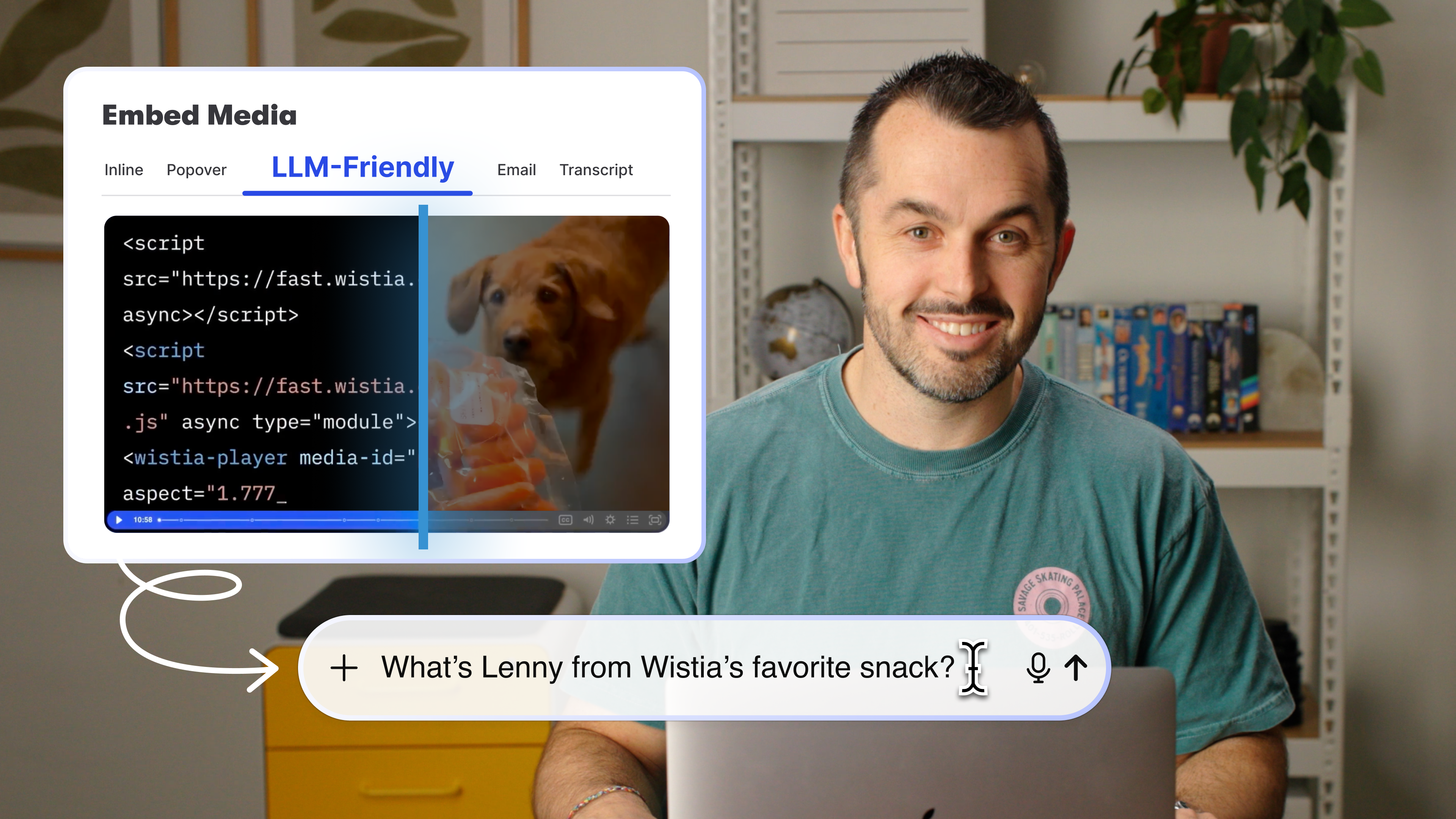What Is Shutter Speed?
Shutter speed, or exposure time, is the amount of time each frame is exposed to light. Learn why shutter speed matters when it comes to motion blur in video.
January 17, 2023
Topic tags
When recording video, shutter speed is the amount of time that each video frame is exposed to light, typically shown as a fraction of a second. It’s commonly referred to as exposure time; aperture and iso, and is primarily used to adjust the level of motion blur of moving objects in your video.
What does shutter speed do?
In photography, the shutter speed definition is pretty literal: It’s how fast the shutter opens and closes when you take a picture.
A lower shutter speed (e.g., 1/50) means the shutter is opening and closing at a slower rate. When your shutter opens and closes at a slower rate, you’ll notice that your image will be bright, and fast-moving objects will be out of focus.
A higher shutter speed (e.g., 1/1000) means the shutter is opening and closing faster. The outcome is that your image will be darker, and fast-moving objects will be crisp and in focus. If you have a higher shutter speed, you can hold the camera in your hand — without necessarily needing a tripod.
Now, when it comes to shutter speed for video, it’s relatively the same, but the shutter isn’t actually opening and closing. What actually happens is that the shutter stays open, and the sensor exposes for a certain period of time. Shutterspeed is simulated for video.
What happens when you change the shutter speed?
When you change your shutter speed, you’re increasing or decreasing the rate at which your camera shutter opens and closes when you take a picture. At a base level, when you lower your shutter speed, you brighten your image. When you raise it, you darken your image. Essentially, it’s a way to adjust how bright or how dark your image is, or how much or how little light is captured.
What are fast and slow shutter speeds?
In the context of photography, fast shutter speeds like 1/1000 mean the shutter opens and closes at a rate of 1/1000 of a second. Fast shutter speeds are great for fast-moving objects — like cars or people that are running or jumping. Keep in mind that the faster the shutter speed, you’ll likely need to adjust the aperture and iso to allow enough light in for such a short exposure time.
Slow shutter speeds (like 1/10) mean the shutter opens and closes at a rate of 1/10 of a second. Slow shutter speeds can be especially helpful in low-light scenarios or for when you want to take a long-exposure shot. Because the shutter is open for a longer period of time, more light is able to enter the camera. In these types of situations, it’s best to use a tripod to avoid any image distortion and camera shaking.
What is the best shutter speed to shoot video?
You can use any shutter speed you want when shooting a video. But you will achieve the most natural-looking footage by following the 180-degree shutter rule between your shutter speed and your frame rate.
What’s the 180-degree shutter rule? You can calculate the shutter speed needed by doubling the frame rate and turning it into the denominator in a fraction of a second. For example, take the frame rate 30 fps, double it you get 60, and then round to the nearest shutter stop (1/60).
Here’s a list of recommended shutter speeds to use with your set frame rates to achieve the most natural look.
| Frame Rate | Shutter Speed |
| 24fps | 1/50 |
| 30fps | 1/60 |
| 60fps | 1/125 |
| 120fps | 1/250 |
You can achieve different looks with various shutter speeds for video. A lower shutter speed like 1/24 will have a dreamlike or hazy feel with lots of motion blur. But a higher shutter speed like 1/250 will feel jumpy, almost like the battle sequences in Saving Private Ryan.

All-in-one Video Platform
Create, Edit, And Host Videos
Which shutter speed for 24fps?
At the frame rate of 24fps, use a 1/50 shutter speed for the most natural-looking motion in your footage. If your shutter speed is one or two stops in the range of 1/50, your video will have a nice, natural motion blur.
What’s the difference between frame rate and shutter speed?
Frame rate is how many individual frames your camera captures in one second of video and relates to playback speed (e.g., slow motion or standard). Whereas shutter speed is related to your exposure (i.e., how bright or dark your image is).
How do you change the shutter speed on a DSLR?
You can most easily adjust the shutter speed of your DSLR camera when you are in manual mode. Some digital SLR cameras can also adjust the shutter speed from the main click wheel at the top of the camera near the shutter button.
What is shutter priority mode? Most DSLR cameras allow you to set your shooting mode to shutter priority mode, which allows you to manually set the shutter speed of the camera and it will automatically adjust the aperture and ISO for you.
Essentially, shutter priority mode is basically like auto-mode, but with your shutter speed setting staying put. So, if you know you’re filming something fast like a running river or a bicyclist, you can set a higher shutter speed and let the camera help with exposure, in a pinch.
Learn more video production terms
We hope we’ve shed some light on video production words like shutterspeed, aperture, and iso. Ha! There are some other key video terms out there as well like aspect ratio, frame rate, and all types of camera shots for all your artistic choices. No matter how you dial in the shot, we hope to help you create high-quality videos for your business!






